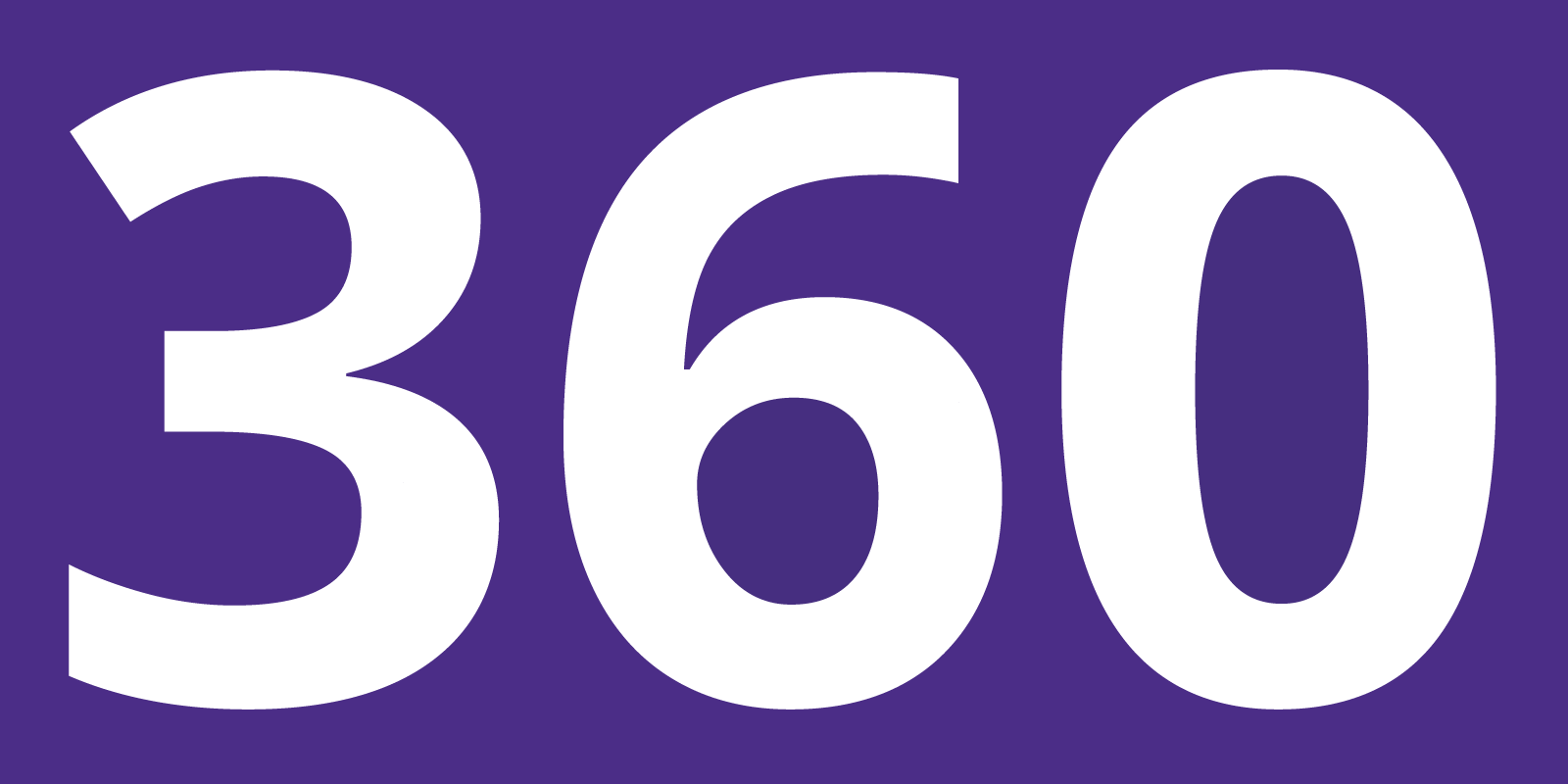million
trips were made by transit
in Metro Vancouver
Scorecard Rankings
- Overall
- Economic
- Social
- Overall
- Economy
- Labour Attractiveness
- Overall
- Real GDP Per Capita
- Real GDP per Capita Growth (Five-Year Average)
- After-Tax Income Per Capita
- After-Tax Per Capita Growth (Five-Year Average)
- Productivity
- Productivity Growth (Five-Year Average)
- Employment Growth (Five-Year Average)
- Unemployment Rate
- High-Tech Employment (Share of Total Employment)
- Office Rents (US$ per square foot)
- Venture Capital Investment per $1 Million GDP
- Market Size (Income, Billions of Dollars)
- International visitors (000's)
- Number of Participants in International Associations Meetings per City
- Inbound Airport Seats per capita
- Inbound Airport Cargo Tonnage (in tons) per 1 Million GDP
- Port Cargo Tonnage (in metric tons) per 1 Million GDP
- Port Container Throughput (in TEUs) per 1 Million GDP
- Number of Cruise Vessel Calls
- Marginal Effective Tax Rate on Capital Investment
- Total Tax Index
- Overall
- Proportion of Population 25 to 34 years
- Proportion of Population that is Foreign Born
- Proportion of Population, Age 25 and Over, with at Least a Bachelor's Degree
- Proportion of Population that is Employed in Cultural Occupations
- Comfortable Climate Index
- Homicides (Rate per 100,000 Population)
- Average Travel Time to Work (Minutes)
- Travelled to Work, Public Transit, Biking, Walking (Proportion of Working Population)
- Housing Affordability (Median House Prices as a Ratio of Median Household Income)
- Gini Coefficient
- Air Pollution (Particulate Matter mg/m3)
BACK

Greater Vancouver
By the numbers
By the numbers
Regional Challenges
Despite Greater Vancouver’s bright near-term economic outlook, the region’s long-term performance will depend on the ability of its leaders to deal with seven important challenges revealed in our study.

-
1Transit Infrastructure: Underinvestment in roads and public transit infrastructure
-
2Housing Affordability: Poor housing affordability
-
3Port Expansion: Land scarcity for trade-enabling port expansion
-
4Productivity Levels: Low labour productivity levels
-
5Educational Attainment Rates: That fall short of the Scorecard leaders
-
6Tax Rates: High marginal effective tax rate on capital
-
7Head Offices: Fewer head offices than cities of comparable size
-
Moving Forward: Greater Vancouver Board of Trade policy priorities
-
Greater Vancouver: By the numbers infographic











